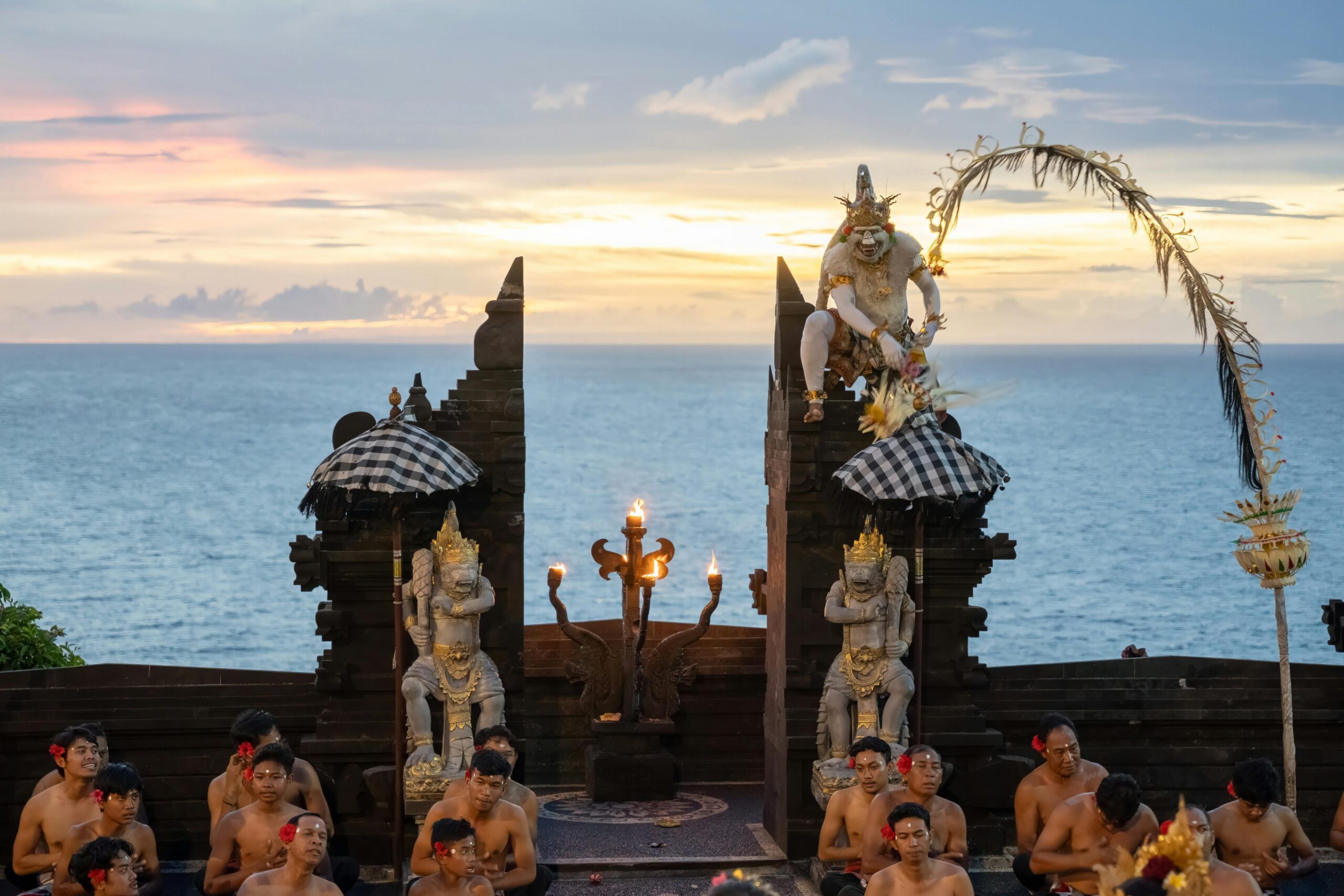If you love culture and historical landmarks, Uluwatu Temple is a captivating site for you. Located on a steep cliff, this temple faces the Indian Ocean, providing stunning views and spiritual experiences. Tourists come here to see the amalgamation of both the beauty of nature and the sacred architecture. This guide covers all the basics you need to enjoy a trip.
History and Significance
Uluwatu Temple has significant cultural value that dates back to 11th century. Legend has it, it also protects the island from evil spirits. This historic landmark resonates with the cultural roots and spiritual customs of the area. The temple complex with its intricate carvings and sculptures, tell stories from ancient times that give it a history within a history.
Getting There:
You may find many ways of transport, but if you are staying in Bali, Uluwatu Temple can be easily reached by car or motorbike. It’s about a 60-minute drive from a major city downtown. There are public transportation options, too. There are markers to direct visitors to ensure that it is a smooth path along the way. There are parking spaces very close to the entrance, making your stay there even more comfortable.
Best Time to Visit:
The temple operates 365 days per year, but the timing matters to make the experience better, late in the afternoon, before getting to see the famous Kecak dance performance at sunset. To witness sunset over the ocean in an enchanted state of address from the elders of our community is pure magic. Avoiding the crowds: Weekday visits will be the ticket.
Dress Code and Etiquette:
Due to the sacred nature of the site, visitors must observe a dress code. Those without appropriate dress can borrow sarongs and sashes at the entrance. Silence is observed inside the temple premises so that everyone can enjoy the calm. Photographing is allowed, but please do so quietly.
Exploring the Grounds:
You can wander around different sections of the temple complex. Lush pathways and scenic viewpoints welcome visitors. A few places offer stunning views of the ocean and the cliffs. For the artistry: The temple’s architecture, with its stone carvings, represents artistic excellence. Certain features of these excursions provide an insight into the cultural heritage of the region.
Kecak Dance Performance:
One of the main attractions for visitors is the Kecak dance, which takes place in an open-air amphitheatre. It tells stories from ancient epics with rhythmic movements and vocal chants. The sunset backdrop makes for an unforgettable performance. Getting there early is the best way to get a seat that adds to the enjoyment.
Wildlife Encounters:
It really has this unique character with monkeys roaming around that big part of the site. While they are intriguing for tourists to watch, they come with a warning. These critters are inherently curious, and that may sort of bring them near. By taking precautions to secure their personal belongings and not making direct eye contact, they can minimise the chances of unwanted interactions.
Local Cuisine and Dining:
Once done with Uluwatu Temple, people can enjoy local food at nearby restaurants, with authentic dishes from the region to suit even the most discerning palate. Numerous restaurants offer ocean view, making for a relaxing dining experience. The local seafood is a must-try.
Shopping and Souvenirs:
There are also some stalls on the way to the entry gate of the temple that sell exclusive souvenirs. Non-touristy souvenirs in the form of handcrafted items, textiles or something cultural become lasting memories. Visitors can haggle, so souvenirs can be obtained for a song. These objects represent a tangible representative of a meaningful cultural experience.
Accommodation Options:
There are a number of hotels for those who want to stay longer. Choices range from luxurious resorts to budget-friendly guesthouses that meet most options. What it offers in these proximity travels, but other attractions nearby are more easily accessible, in turn enriching the entire experience.
Environmental Considerations:
The natural landscape surrounding Uluwatu Temple should be preserved. And that visitors dispose of items in the environment. Keeping to treatments preserves the state of the plant community. Promoting green initiatives helps keep the area pristine for generations to come.
See also: Myth or Reality: What Was Kowloon Walled City Terminology
Conclusion
Uluwatu Temple features a breathtaking panoramic view, a sense of cultural heritage, and natural beauty. But with some careful planning and respect for local ways, it’s a rewarding experience. An Ultimate Guide. It is here to follow the full guide to make sure you have a rewarding visit to Uluwatu Temple.
